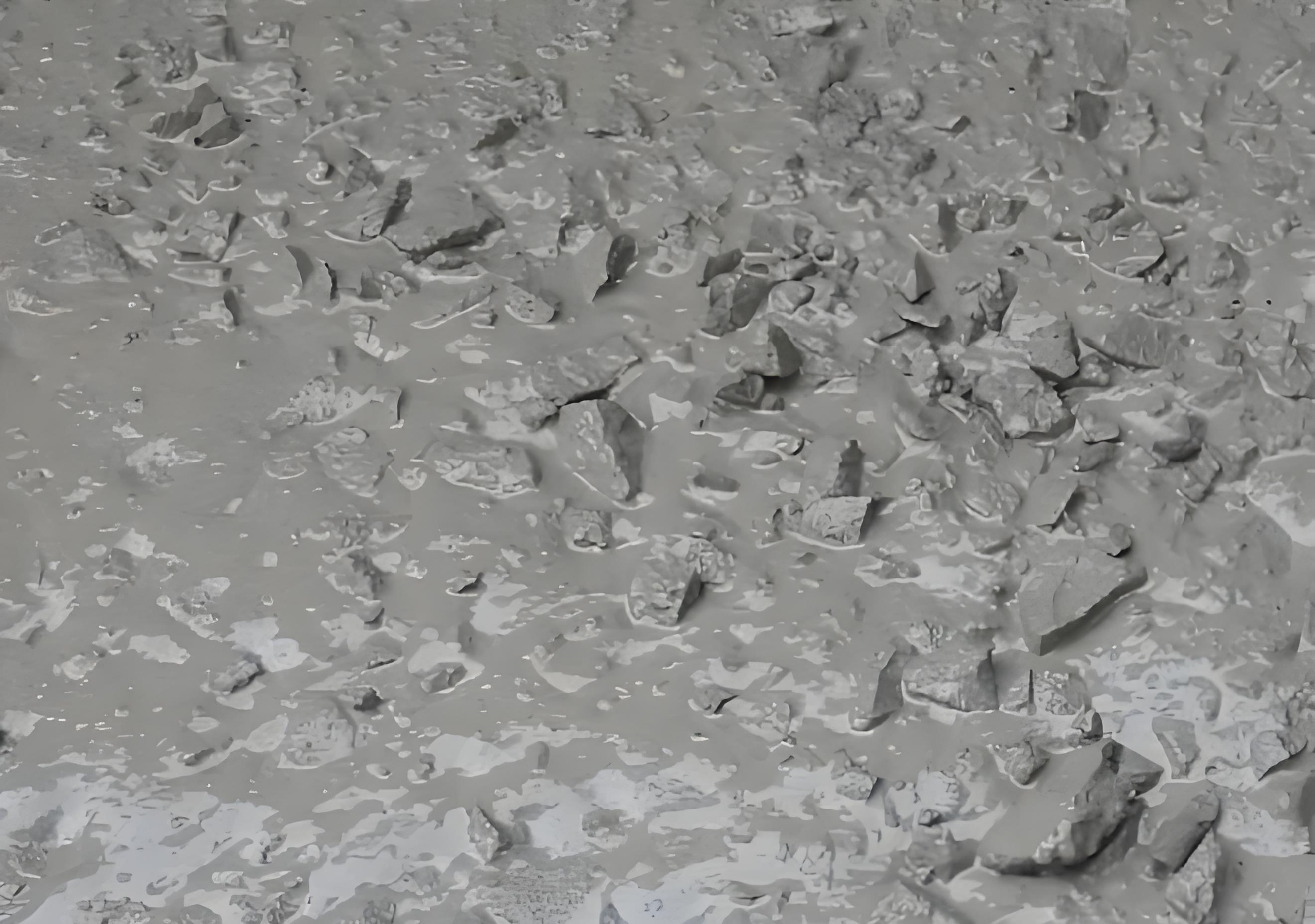Defoamers for concrete are one of the commonly used additives in the preparation process of concrete, and their types and performance characteristics have a significant impact on the quality of concrete.
1、 Organophosphorus defoamers are colorless liquids with excellent defoaming properties and good thermal stability. It is widely used in industries such as concrete, cement products, and cement mortar. Organic phosphorus defoamers achieve the purpose of defoaming by breaking the surface tension of bubbles, causing them to dissipate rapidly. At the same time, it also has good chemical stability and antioxidant properties, which can maintain stable defoaming effect in harsh environments.
2、 Protein defoamer is a black or brown liquid mainly made from animal and plant proteins or protein hydrolysates. It has good defoaming and reinforcing effects, which can significantly improve the compactness and durability of concrete. Protein based defoamers adsorb onto the surface of bubbles, forming a dense film that prevents further expansion and diffusion of the bubbles. At the same time, it can also undergo chemical reactions with other components in concrete to form a more compact structure.
3、 Surfactant defoamer is a material that can enhance the weathering resistance, durability, and reduce air content of concrete. It is widely used in building materials and can significantly improve the quality of concrete. Surfactant defoamers reduce the surface tension between concrete and water, making it easier for bubbles to dissipate. At the same time, it can also improve the fluidity of concrete and enhance its construction performance.
In summary, there are various types of defoamers used in concrete, each with unique properties and applications. When selecting and using defoamers, comprehensive consideration should be given to the specific situation, and the most suitable type of defoamer should be chosen to achieve the best defoaming effect.

 English
English
 Chinese
Chinese Vietnamese
Vietnamese
 HOME
HOME
 PRODUCT
PRODUCT
 NEWS
NEWS
 CONTACT
CONTACT


